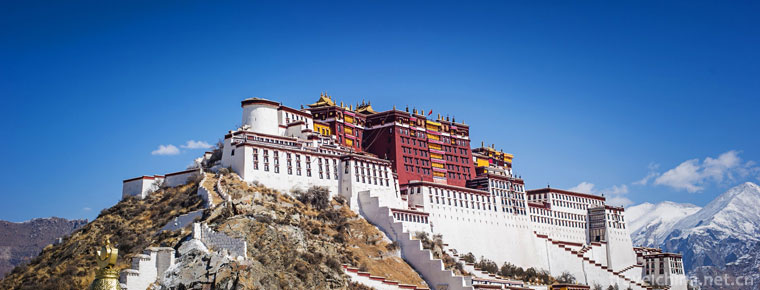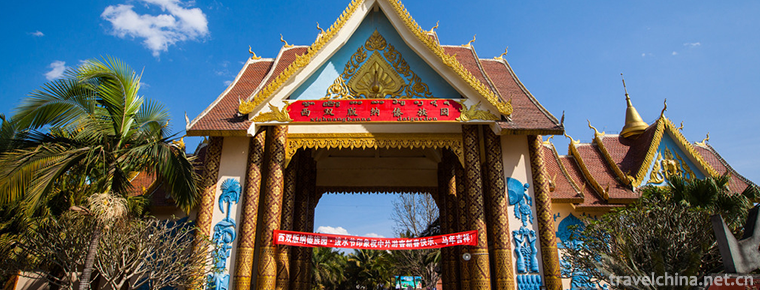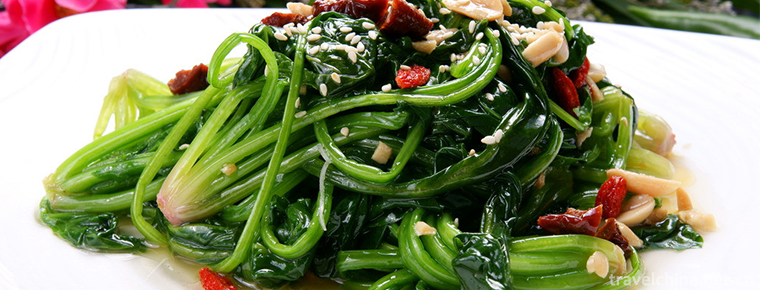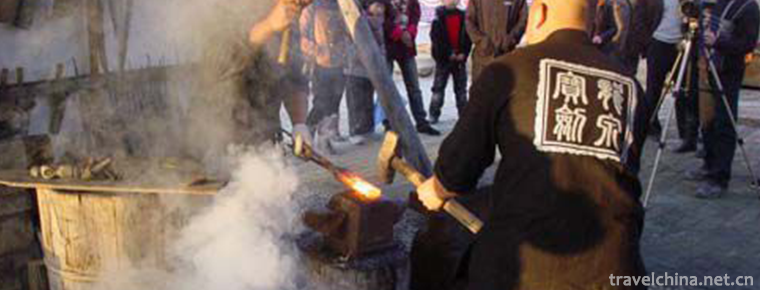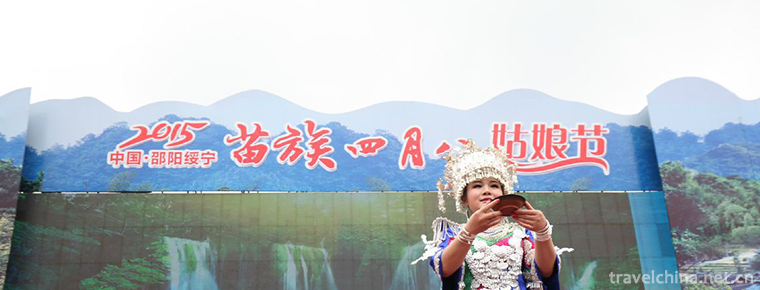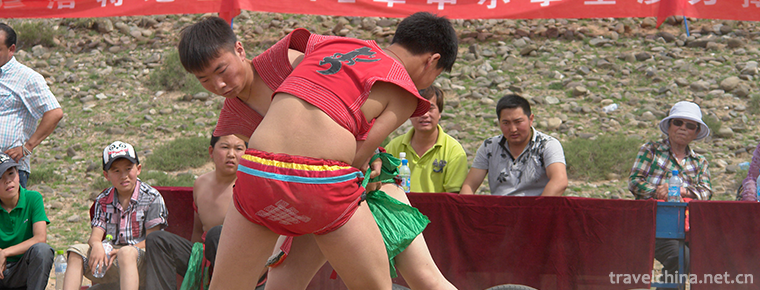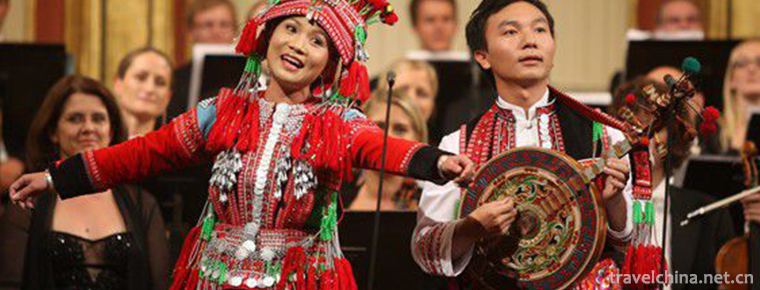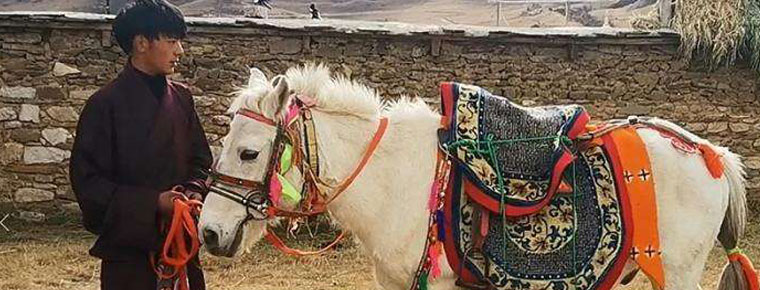Hui Nationality Medicine
Hui Nationality Medicine
Hui medicine is the product of the combination of Chinese traditional medicine and Arab-Islamic medicine. Arabs began to develop science and culture when other European countries had not yet separated themselves from the theological rule of Hui medicine. They set up universities, libraries and trained a large number of talents. Arab culture has reached a high level. Among all subjects, medicine is the most important and has made great achievements.
On June 7, 2008, Hui medicine was approved by the State Council to be included in the second batch of national intangible cultural heritage list.
origin
introduce
With the interaction between Arabs and neighbouring countries, the cultures of neighbouring countries permeate and complement each other in Arab countries, as well as in medicine. Muhammad, the founder of Islam, once said, "Learning is far from China, and it should be pursued." Sino-Arab official friendly exchanges took place in 651 A.D., and medical exchanges also flourished at this time. Therefore, many Arab scholars, especially some philosophers, constantly sum up their own medical practice experience, while translating medical works from other countries into Arabic. As Guev Tuiye mentioned in the book Biography of Philosophers: "Basra doctor Masiljuwei is an Israeli scholar in the age of Harifah Omar Abdul Aziz. His real name is Masil Giss. He is proficient in medicine. During Omar, he led the translation of the medical works of Ehran Gus. It was written in the age of Harifah Moore. His other two works are The Power and Benefit of Food. Damage and Benefits and Losses of Herbal Medicine. Smart doctors were also invited to serve as educational and medical consultants during the Harifah Omar era (717-719 A.D.). Another Hariph Harid Yechd of the Japanese Maya Dynasty was the first person to translate Greek astronomy, medicine, chemistry and other monographs into Arabic. Because of his profound philosophical and literary accomplishments, he made outstanding contributions and was called a sage by later Arab scholars. It is self-evident that along with cultural exchanges, there are many examples of complementary infiltration of medical theories in later Arab medical works, which are the same as the records of Arab medicine in Chinese traditional medicine works such as "Seamedicine Materia Medica", "Qianjin Yaofang", "Compendium of Materia Medica", and so on. They are historical facts.
As early as the 7th century A.D., Arab-Islamic medicine once ranked first in world medicine and had a great influence on modern western medicine. In the Middle Ages, Avicenna, a great Arab philosopher, scientist and medical scientist, traveled all over Iraq, Persia, Azerbaijani and Pakistan. He practiced boldly, studied diligently and sought extensively all his life. From 980 to 1037, he wrote a great book, Medical Code, which integrates ancient Greek medicine, Indian medicine, Chinese medicine, Arab medicine and philosophy, and became the founder of modern medicine and Arab medicine. There are many Arab medical works in the Middle Ages, many of which have been lost, including the Medical Code, which still has more than 400 kinds.
origin
As Arab medicine has absorbed the essence of Greek medicine, Roman medicine and Indian medicine (including pulse studies of Chinese medicine), it has gradually formed its own medical system in the long historical process. In the 2nd century, the famous Iranian physician Lazis'medical masterpiece "Comprehensive Medicine" 10 volumes and Abbasad Davia's "Comprehensive Encyclopedia" came out, which enriched the contents of the therapeutics of Arab medicine. At that time, Arab medicine has become an ancient medicine with rich theory and experience.
Health care
The health care of Hui people is closely related to their living customs. Huihui often drinks covered bowl tea, which is called "Babao covered bowl tea" with wolfberry, jujube, longan, walnut kernels, raisins, dried fruit, ice sugar and sesame. This tea has the functions of invigorating spleen and kidney, invigorating eyes, nourishing qi and blood, resisting wind and cold, and strengthening body. In addition, I also like Camellia oleifera, which is made by chopping mutton, frying it with oil, fried noodles, and stirring it with onion salt foam. This tea is edible, easy to carry, easy to store, and has the functions of warming the stomach and dispelling cold, moistening the intestine, invigorating the spleen, strengthening the stomach and benefiting the kidney.
To sum up, in the process of its development and improvement, Chinese traditional medicine absorbed the essence of Arabia and Persian medicine through the power of Chinese Hui nation. And Islamic medicine was formed by blending the quintessence of ancient Egyptian, Greek, Indian, Arab and Chinese medicine. From this point of view, Huihui medicine plays an irreplaceable historical role in the history of traditional Chinese medicine. Nowadays, in response to the country's great historical opportunity to dig out and sort out all kinds of ethnic medicine, it has become extremely urgent to carry out in-depth research on Hui medicine. As a member of the medical returnees, we have an inescapable responsibility. We are saving and digging, preparing for Hui Medical Research Institute. We invite our colleagues and friends who care about Hui Medical Science to give support and help to revitalize Hui medicine, form a medicine culture with national characteristics and an advantageous industry, and make contributions to people's health.
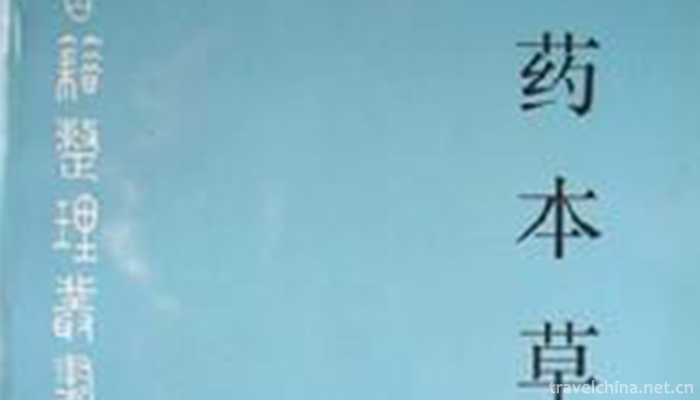
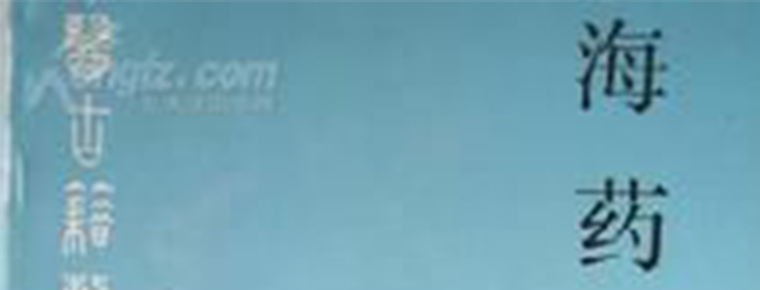
Hui Nationality Medicine
-
The Dai Garden of Xishuangbanna
The Dai Garden is called Xishuangbanna Dai Garden. Located in Xishuangbanna Olive Dam, Yunnan Province, China. There are five Dai Natural Villages with the best preservation in China
Views: 184 Time 2019-02-25 -
Spinach with Eight Delicacies
Babao spinach is a traditional Shandong dish, which belongs to Shandong cuisine. It is rich in color, bright, delicious, light and refreshing. In addition to spinach, Babao spinach is also equipped wi
Views: 197 Time 2019-03-25 -
Forging Skill of Longquan Sword
Longquan sword forging technology, the traditional arts and crafts of Longquan County, Zhejiang Province, is one of the national intangible cultural heritage.
Views: 151 Time 2019-05-14 -
April Eighth Girls Day of Miao Nationality
"Girl's Day" originated in memory of Yang Bamei, a heroine. Legend has it that in the Northern Song Dynasty, Yang Wenguang, a famous general, was ordered to be plain and barbarous. After def
Views: 208 Time 2019-06-05 -
Sharipol wrestling
Shaliboer style wrestling is a national traditional sports event originally created and retained by the Weilat Mongolian people. It is one of the main sports events in the Uznada Mu Grand Event in Ala
Views: 163 Time 2019-06-12 -
The seafood tune of the Yi nationality
The seafood tune of the Yi nationality Shiping Yi seafood tune, also known as "Shiping tune" and "Quzi", is commonly known as "inverted paddle". It is named after a herba
Views: 326 Time 2019-07-12 -
Can Ding Zhens Pony pearl really run first
Recently, after the exposure of Ding Zhen's Pony pearl, many netizens have a question in their hearts: "can it really run first?"? After the news release, netizens have been hotly debated. The specific contents are as follows:
Views: 139 Time 2020-12-07 -
The origin of Panzhihua
Panzhihua is located on the Bank of Jinsha River. It was originally named shangxiaba village. It was formed around the 8th year of Tongzhi reign of Qing Dynasty (1869). Because there is an old and tall Panzhihua tree at the entrance of the village, it is called "Panzhihua village".
Views: 151 Time 2020-12-14 -
Mianyang Tourism
In 2018, Mianyang City realized a total tourism revenue of 64.766 billion yuan, an increase of 21.5%. Among them, domestic tourism revenue was 64.740 billion yuan, an increase of 21.4%; foreign exchange income of tourism was 3.8889 million US dollars,
Views: 178 Time 2020-12-14 -
Meishan transportation
Meishan occupies an important traffic area at the South Gate of Chengdu, including Chengdu Leshan expressway, Chengdu Ya'an expressway, Chengdu Ziji Luzhou Expressway passing Renshou City, Leya Expressway passing through Hongya City, and Suizi
Views: 349 Time 2020-12-18 -
Guangan Airlines
There is no airport in Guang'an, but there are many airports around it. At the same time, Guang'an terminal building of Chongqing Jiangbei International Airport has been built in the urban area. Guang'an is 110 kilometers away from Chongqing Jian
Views: 182 Time 2020-12-19
